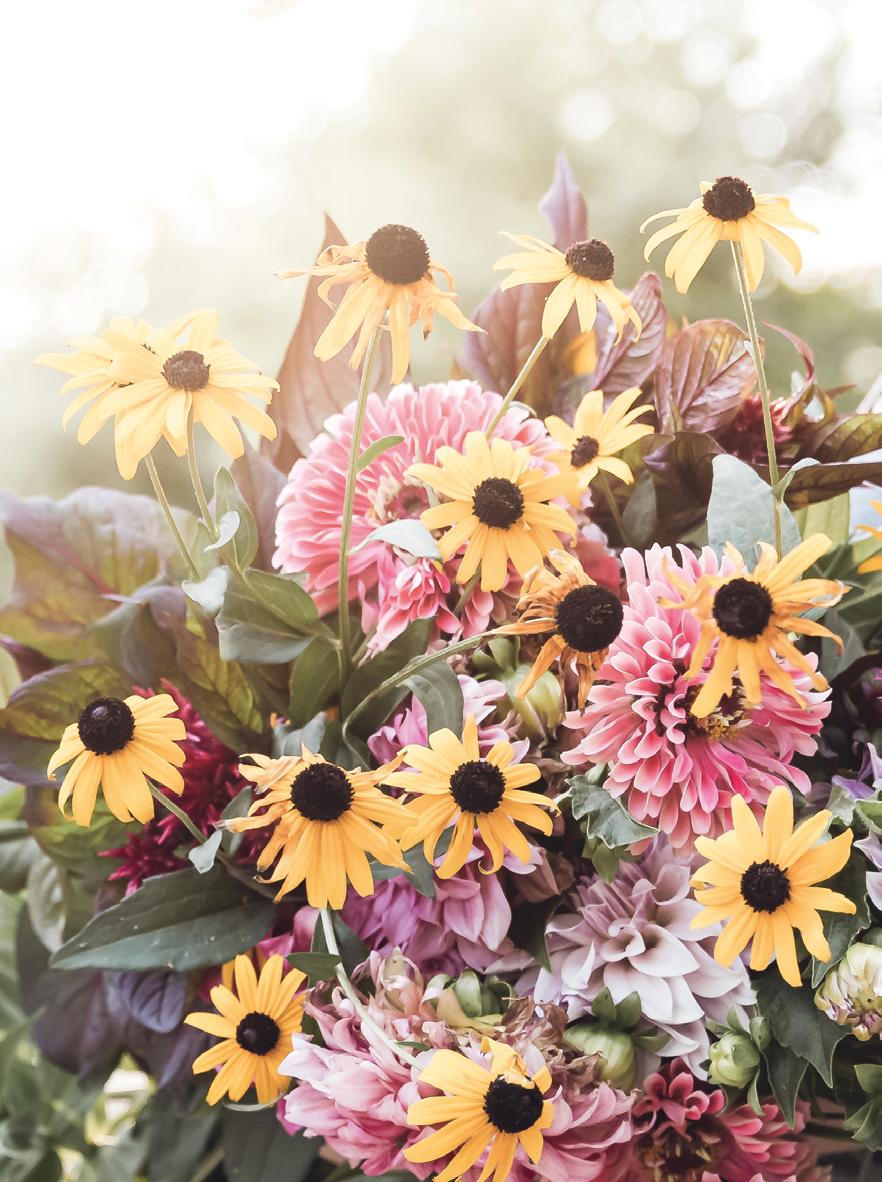
3 minute read
Pick ‘n’ Mix
about gardens
Planning and planting a cutting garden requires some effort now, but the rewards, come the spring, when you can delight in bouquets of freshly picked flowers are definitely worth it.
Advertisement
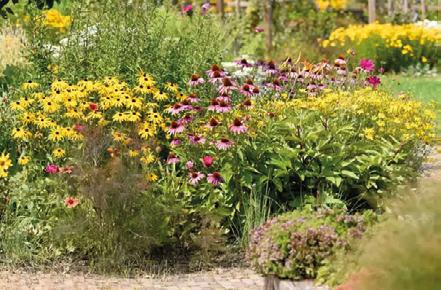
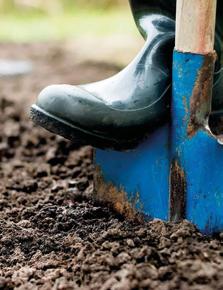
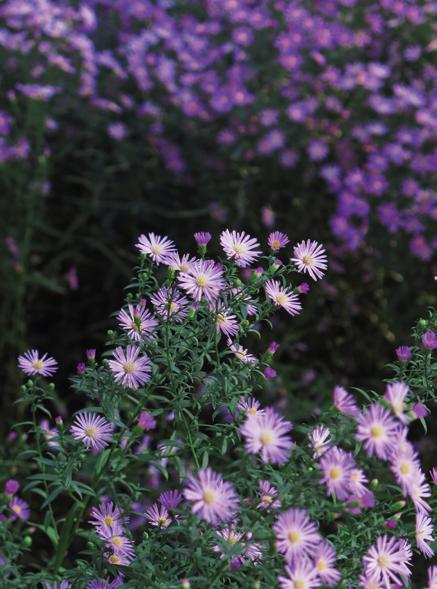
about gardens
Location. Location. Location
If space allows, dedicate a whole section of your garden to just growing flowers for cutting. Make sure it is in a sunny spot and there is room to plant in rows for easy weeding, staking, and picking. An area of your vegetable garden works well or a border away from your main planting scheme. The hard graft Preparation is key. Mark out your new flower bed and dig it over, clearing weeds and breaking up any large clods as you go. If necessary, you can double dig, which involves inverting a second level of soil and forking in a layer of well-rotted manure or garden compost before replacing the top layer. This will improve drainage and also deepens the all-important topsoil. Planning ahead To ensure you have gorgeous blooms throughout the growing season, think about your planting and work out the flowering cycle of your favourite picks. Those with a long flowering season are ideal, and also include shrubs for interesting foliage and bulbs for spring colour. Here are a few ideas to get you started: Spring: coreopsis, tulip, witch hazel, lily-ofthe-valley, narcissus and grape hyacinth. Summer: salvia, yarrow, aquilegia, phlox, lady’s mantle, echinacea, gypsophila and echinops. Autumn: Japanese anemone, aster, dahlia and helenium.
Remember, throughout the summer you can fill in any gaps with pretty annuals such as love-in-the-mist, cosmos, cornflower and tobacco plants. There are no rules to creating a cutting garden so have fun plotting and, in the spring, watch as it grows into a riotous palette of colourful blooms that you can dip into time and time again.
about gardens
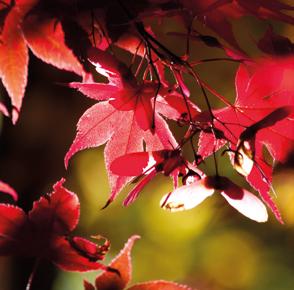
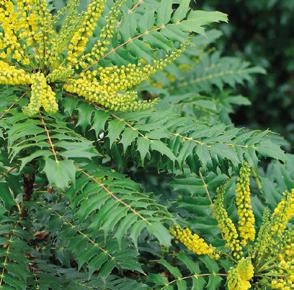
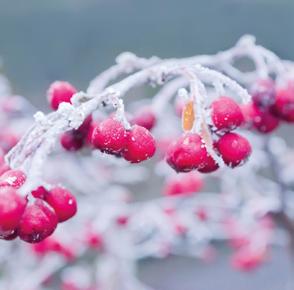
All change
Autumn creeps through the garden like an early morning mist. Warm days might set the garden aglow but chilly evenings can catch the gardener out so make sure you protect any half hardy plants with fleece or move them into the greenhouse. After such a dry summer, now is the time to clear your beds of withered annuals such as faded sweet peas and morning glory and prepare the ground for the colder months ahead. Lawns have also suffered, but a last mow will help with regrowth and there is still time to lay fresh turf if required.
November brings unexpected colour with dogwood’s fiery stems and vibrant clumps of cyclamen dotted beneath the sleeping trees. Pots of winter pansies can be used to adorn doorways and you won’t regret buying a Mahonia Japonica – a hardy evergreen shrub that bears spikes of bright yellow flowers right through until March, smells divine, and is very popular with winter bumblebees. Whilst the soil is still warm, roll up your sleeves and plant your tulips and spring bulbs – be bold and plant in large drifts for a fabulous display come the spring.
December settles upon the garden and everything is quiet. Keep warm by digging over empty borders, pruning the wisteria, fruit trees and shrubs, but leave the drying heads of hydrangea, alliums and other seed heads to be transformed into sparkling statues by the icy grip of the frost. Look after the wildlife by hanging bird feeders, building an insect hotel, or leave a wild corner where they can take shelter over the winter months. And, as the festive season gently inveigles your home, gather stems of berried winter shrubs to create a glorious centrepiece.
Tales from the potting shed
October Divide herbaceous perennials Prune climbing roses Rake leaves November Plant spring-flowering bulbs Mulch veg beds Plant bare root roses December Stake climbers Hang bird feeders Hard prune shrubs









